Types of Hearing Aids Available in Bentonville, Arkansas
Types of Hearing Aids We Carry at Better Hearing Balance and Connection
There are 3 basic styles of hearing aids. The styles differ by size, their placement on or inside the ear, and the degree to which they amplify sound.
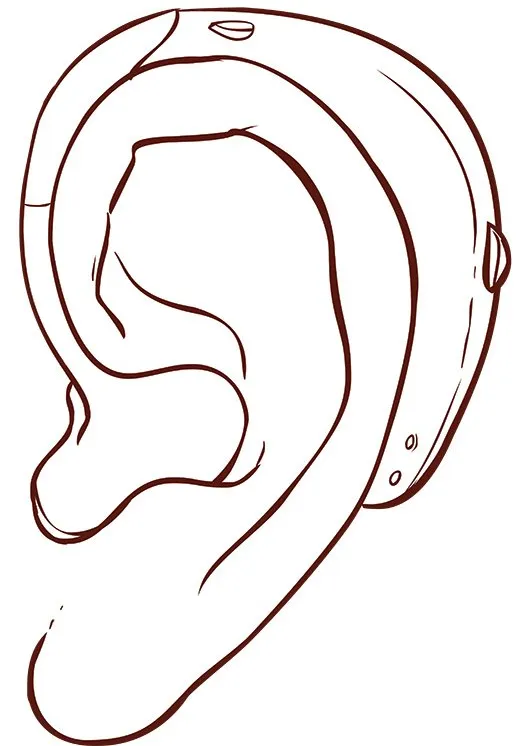
Behind-the-ear (BTE) hearing aids
Behind-the-ear (BTE) hearing aids consist of a hard plastic case worn behind the ear and connected to a plastic earmold that fits inside the outer ear. The electronic parts are held in the case behind the ear. Sound travels from the hearing aid through the earmold and into the ear. BTE hearing aids are used by people of all ages for mild to profound hearing loss.
A new kind of BTE aid is an open-fit hearing aid . Small, open-fit aids fit behind the ear completely, with only a narrow tube inserted into the ear canal, enabling the canal to remain open. For this reason, open-fit hearing aids may be a good choice for people who experience a buildup of earwax, since this type of aid is less likely to be damaged by such substances. In addition, some people may prefer the open-fit hearing aid because their perception of their voice does not sound “plugged up.”
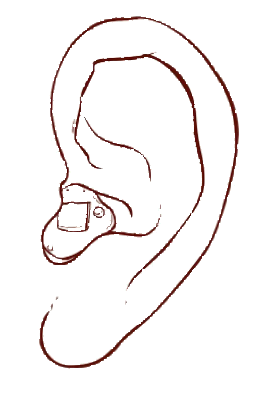
In-the-ear (ITE) hearing aids
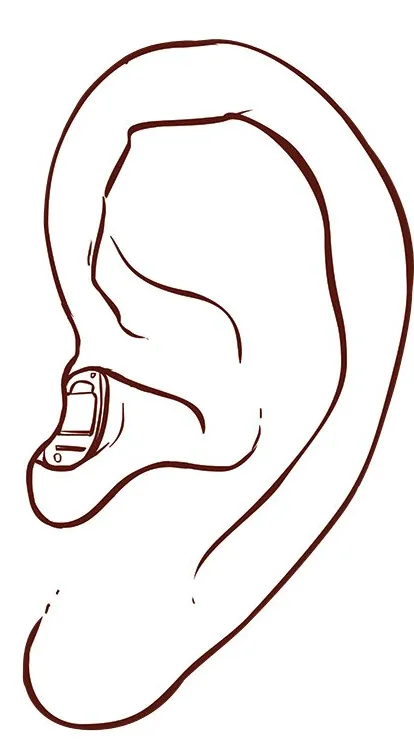
Canal aids
Conventional behind-the-ear (BTE) hearing aids
The processing components are housed in a case that fits behind the ear. Sounds enter the instrument, are amplified, and travel through a tube that is contoured over the top of the listener’s ear and into an ear mold inside the ear.
BTEs are durable, easy to handle and maintain, and can be easily adapted for use with the wide variety of assistive listening devices. They are powered with a #675 or #13 battery.
Open fit and receiver in the canal behind the ear
These are similar to the conventional BTE but are much smaller, making them more discreet.
A very small tube leads to the ear canal making this option much more cosmetically appealing while offering superior sound quality.
Conventional behind-the-ear (BTE) hearing aids
The processing components are housed in a case that fits behind the ear. Sounds enter the instrument, are amplified, and travel through a tube that is contoured over the top of the listener’s ear and into an ear mold inside the ear.
BTEs are durable, easy to handle and maintain, and can be easily adapted for use with the wide variety of assistive listening devices. They are powered with a #675 or #13 battery.
Open fit and receiver in the canal behind the ear
These are similar to the conventional BTE but are much smaller, making them more discreet.
A very small tube leads to the ear canal making this option much more cosmetically appealing while offering superior sound quality.
In-the-Ear style hearing aids (ITE):
These are larger than the ITC style. They fit in the ear, filling the entire “bowl” of the ear. They are custom-made. The customization along with the lightweight and compact size makes these instruments comfortable and easy to manage. They are powered by a #13 or #312 battery.
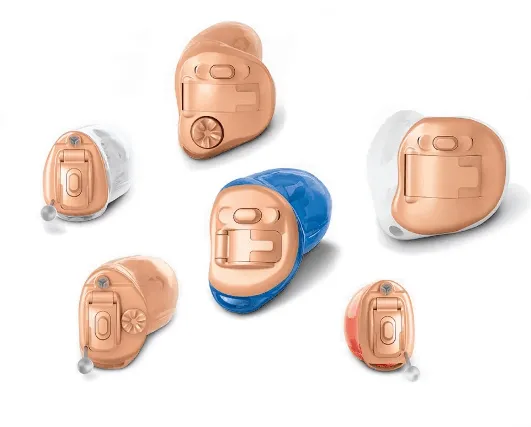
In-the-Canal style hearing aids (ITC):
These are larger than the CIC devices. They fit within the ear canal and are custom-made. They are powered with a #312 or #10 hearing aid battery.
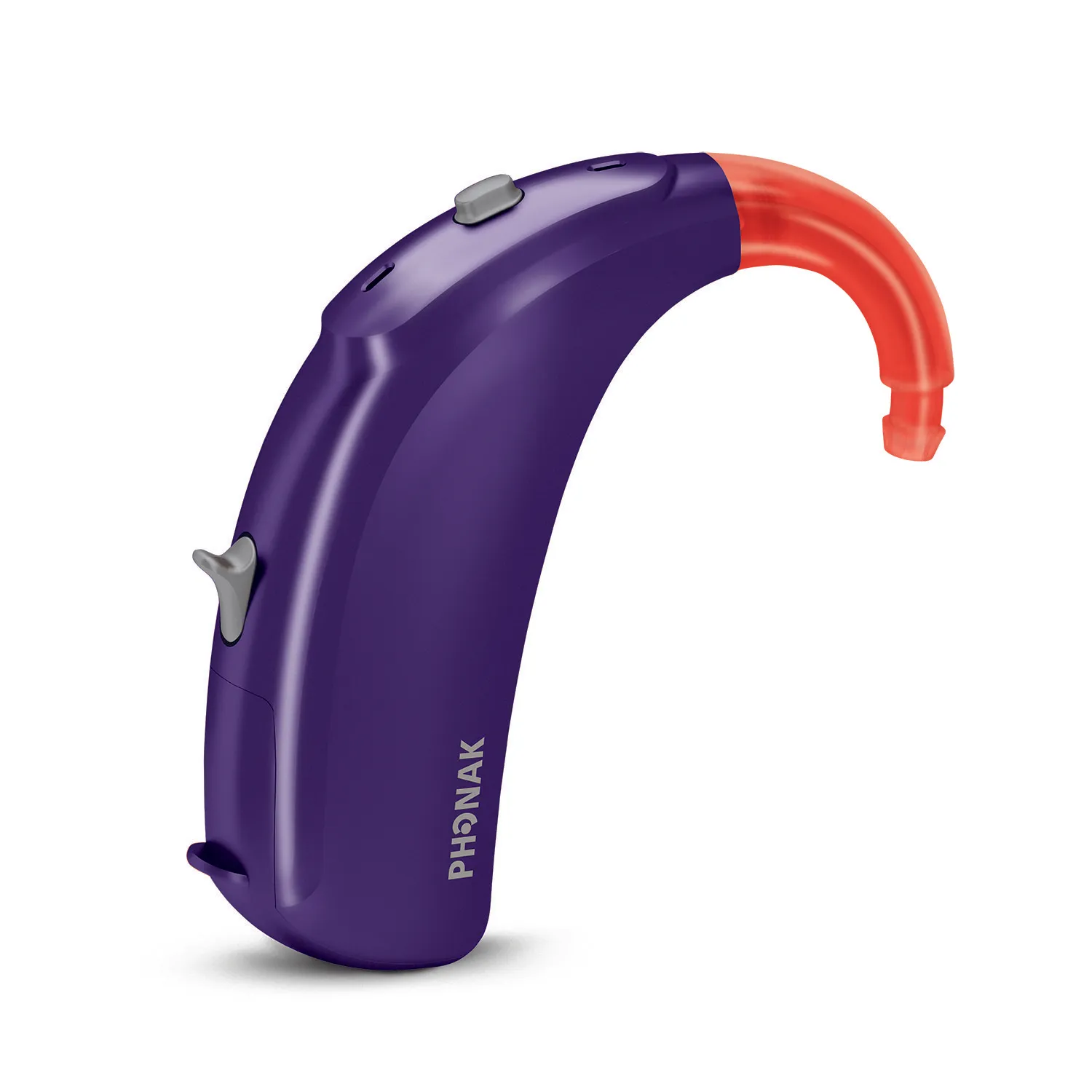
Completely-in-the-canal style hearing aids (CIC):
These are the smallest and most cosmetically discreet. The CIC instruments fit completely in the canal and are custom-made. There is a clear nylon string to help with insertion and removal. They are powered with a #10 hearing aid battery.
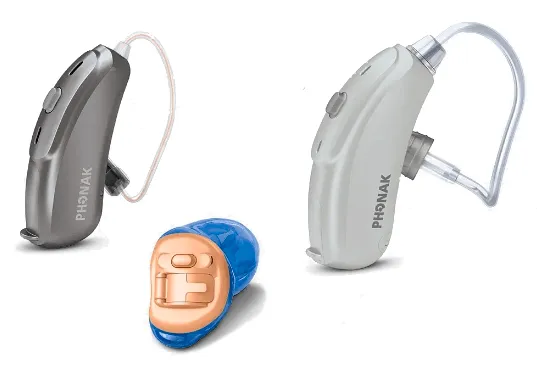
Typical Cost of Hearing Aids at Better Hearing & Balance Connection
Premier Digital Technology Hearing Aids
$2,200 to $3,200
each
Advanced Digital Technology Hearing Aids
$1,400 to $2,500
each
Standard Digital & Analog Technology Hearing Aids
$700 to $1,700
each
